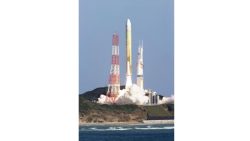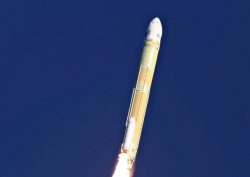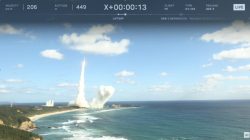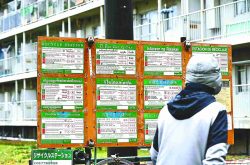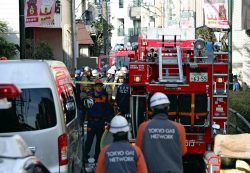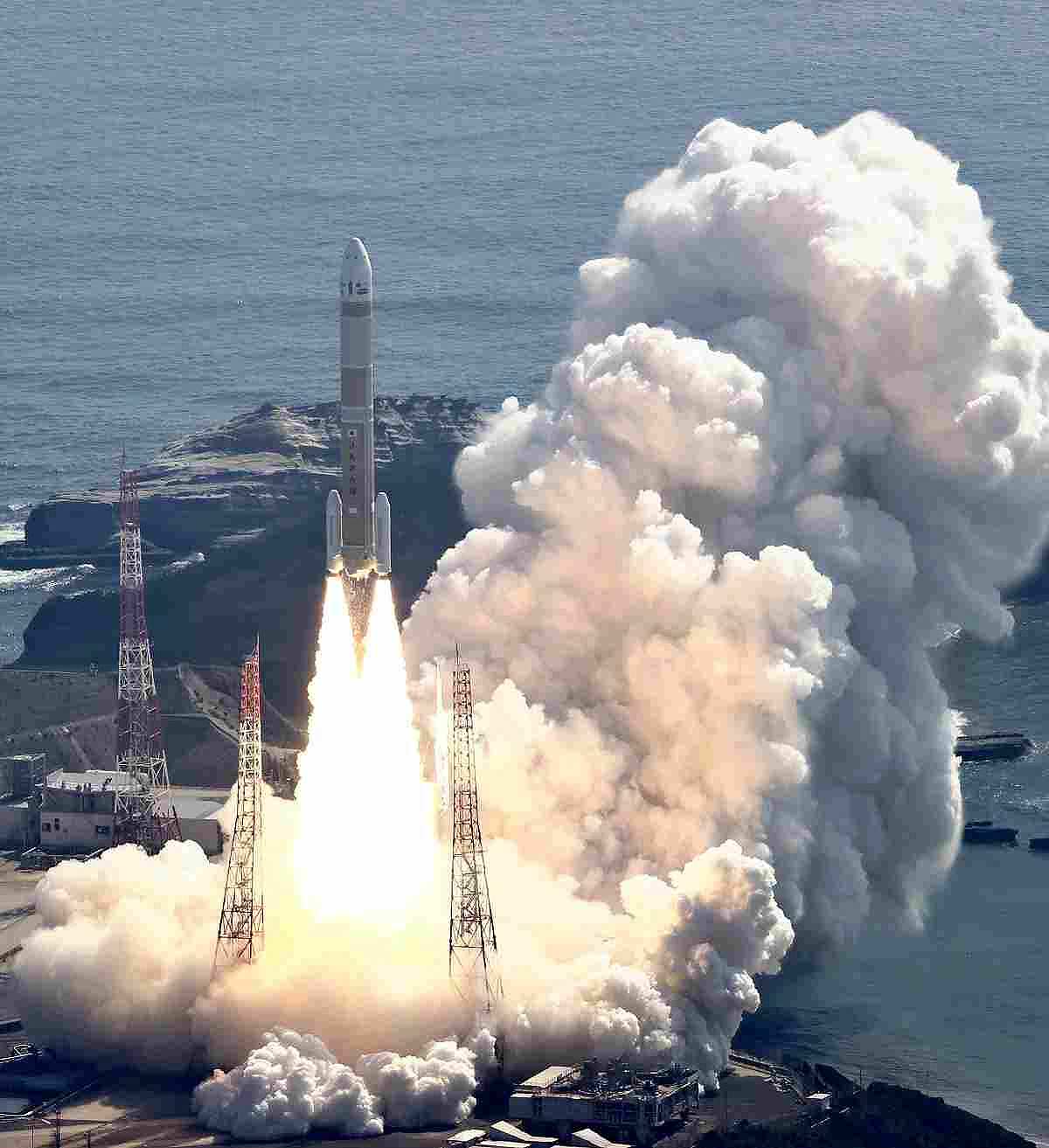
The first H3 rocket is launched from Tanegashima Space Center in Kagoshima Prefecture on Tuesday morning.
11:11 JST, March 7, 2023 (updated at 18:00 JST)
The first H3 rocket was launched on Tuesday, but the mission ended in failure as the Japan Aerospace Exploration Agency (JAXA) had to transmit a destruct command about 15 minutes after liftoff.
Carried on top of the H3 was the government’s advanced land-observing satellite Daichi-3, which is designed mainly to assess damage in the event of disasters. The loss of the satellite will inevitably have an impact on disaster management.
The launch vehicle lifted off around 10:37 a.m. from the Tanegashima Space Center in Kagoshima Prefecture. But JAXA could not confirm that the second-stage engine had ignited, so it sent the signal to destroy the rocket.
The Education, Culture, Sports, Science and Technology Ministry will set up a task force to investigate the cause.
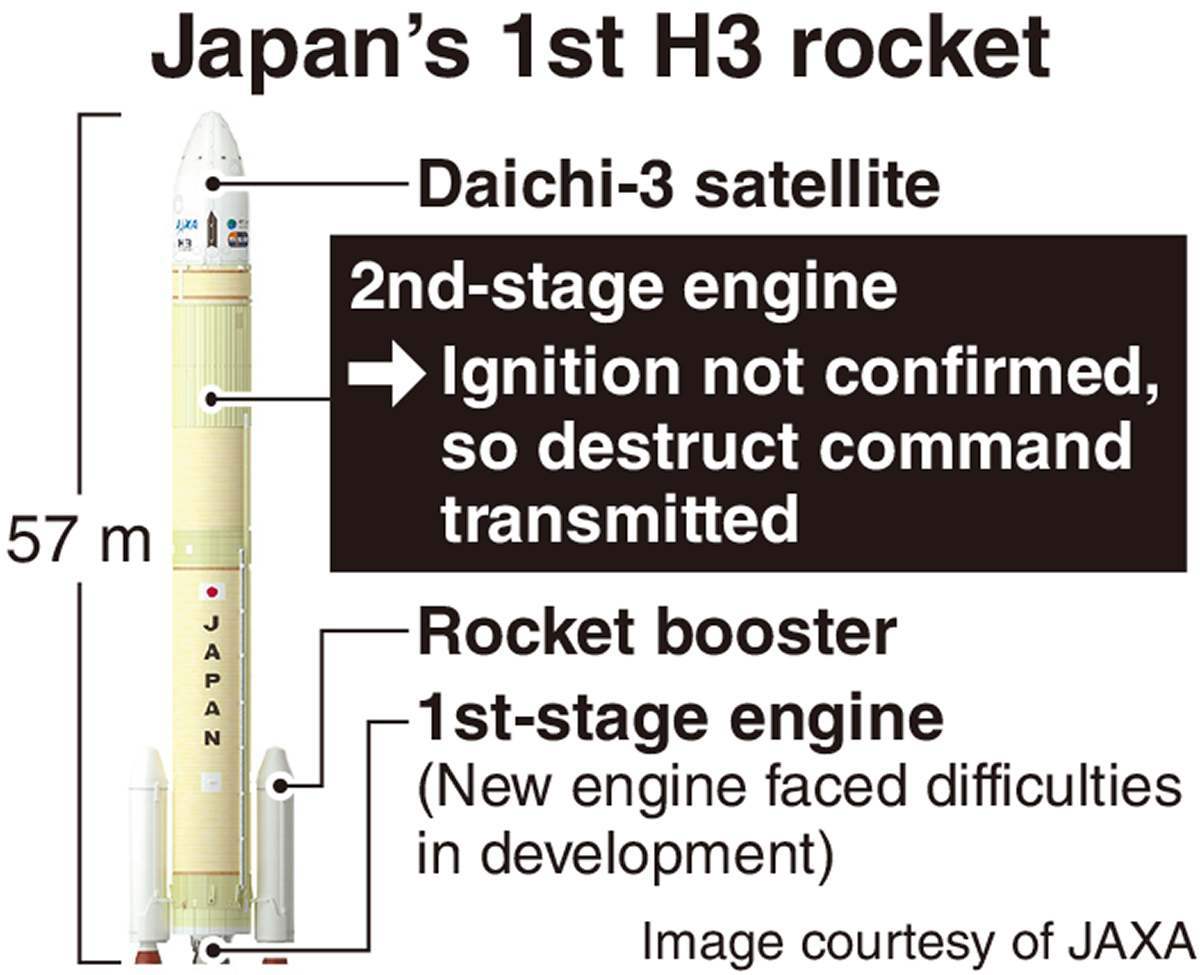
“I deeply apologize for not meeting the expectations of the public,” said JAXA President Hiroshi Yamakawa at a press conference on Tuesday afternoon.
Asked about the possible impact on the future of Japan’s space development, Yamakawa said, “We’d like to make every possible effort to clarify the cause of the accident first.”
JAXA said that after the destruct command was issued, the rocket fell into the ocean to the east of the Philippines and no harm to people or other damage has been confirmed so far.
An earlier attempt to launch the rocket on Feb. 17 had been aborted just before liftoff when an anomaly was detected after the first-stage main engine’s ignition and the booster rockets failed to ignite. Investigations found that electrical noise caused a malfunction in the first-stage control system. JAXA then completed measures to suppress the noise.
The H3 Launch Vehicle, deemed “Japan’s new flagship rocket” to succeed the current H-2A, was expected to participate in the global satellite launch market with its lower cost and increased launch capacity. This launch failure, however, will be a major blow to the nation’s space development, led by the government and JAXA.
This rocket launch failure follows that of the Epsilon-6 solid-fuel rocket in October last year. The H-2A failed in its sixth launch in 2003.
The Daichi-3 satellite was scheduled to separate from the rocket to be placed into orbit about 17 minutes after the firing of the first- and second-stage engines.
The H3 has been under development by JAXA, Mitsubishi Heavy Industries, Ltd. and other entities since 2014. The first H3 measured 57 meters in length and 5.2 meters in diameter. Development costs so far have reached ¥206 billion.
An H3 rocket is also scheduled to launch the HTV-X, an unmanned cargo transfer vehicle that will carry supplies to the International Space Station and a future lunar orbiting base, as well as a probe for the moons of Mars.
As the launch vehicle is important for ensuring autonomy in Japan’s space development for the next 20 years, the cause of the accident could have a long-term impact on future plans.
The inaugural launch of the H3 rocket was initially planned for fiscal 2020 but was postponed twice due to reasons including the discovery of cracks in the first-stage engine. JAXA said the problems had been resolved through engine design changes and other means. The final engine test in November last year had yielded favorable results.
“The second-stage engine was inherited from that of the H-2A rocket, and the design has been almost the same as that of the H-2A,” said Ko Ogasawara, a professor of aerospace engineering at Tokyo University of Science who was a former chief engineer of MHI. “The H-2A did not have this kind of trouble. I have no idea how this could have happened.”
Related stories
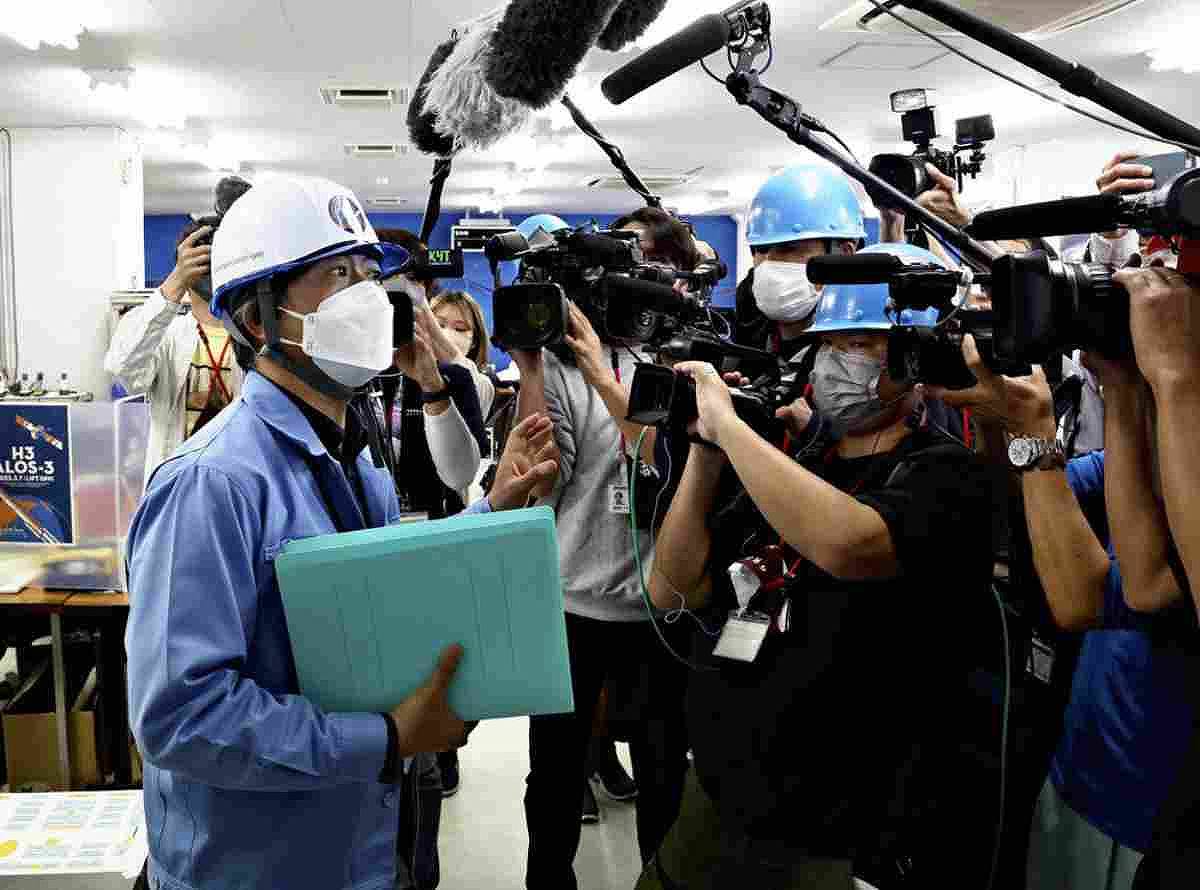
Failure of H3 Rocket Disappoints Japan Officials, Spectators
https://japannews.yomiuri.co.jp/science-nature/technology/20230307-95704/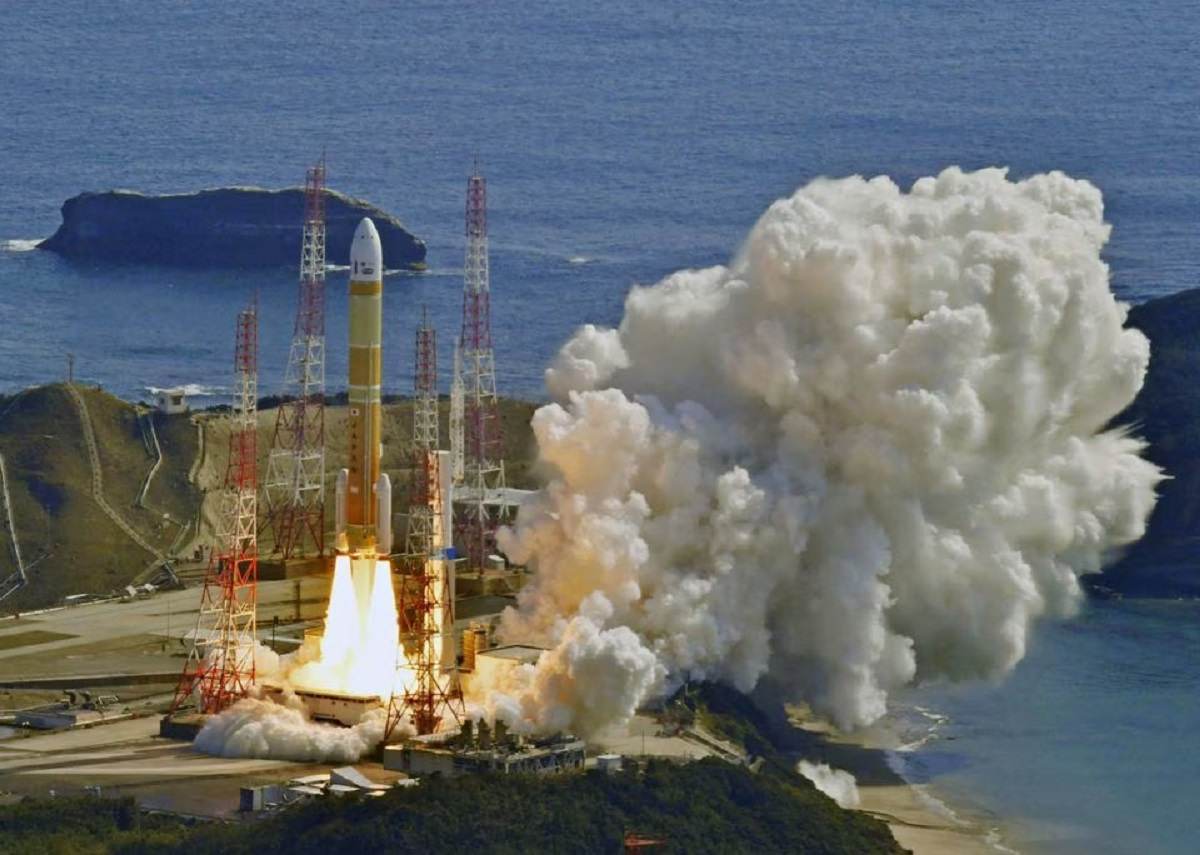
Japan Destroys New Rocket in Space after Second-Stage Engine Failure
https://japannews.yomiuri.co.jp/news-services/reuters/20230307-95598/
Halt of H3 Rocket Launch Deal Blows to Japan’s Space Business
https://japannews.yomiuri.co.jp/science-nature/science/20230218-92127/"Science & Nature" POPULAR ARTICLE
-

‘Fiercest, Most Damaging Invasive Weed’ Spreading in Rivers, Lakes in Japan, Alligator Weed Found in Numerous Locations
-

Univ. in Japan, Tokyo-Based Startup to Develop Satellite for Disaster Prevention Measures, Bears
-

Japan Set to Participate in EU’s R&D Framework, Aims to Boost Cooperation in Tech, Energy
-

Tsunami Can Travel Vast Distances Before Striking, Warn Japanese Researchers
-

Japan’s H3 Rocket Failed in Latest Launch, Says Official
JN ACCESS RANKING
-

BOJ Gov. Ueda: Highly Likely Mechanism for Rising Wages, Prices Will Be Maintained
-

Core Inflation in Tokyo Slows in December but Stays above BOJ Target
-

Osaka-Kansai Expo’s Economic Impact Estimated at ¥3.6 Trillion, Takes Actual Visitor Numbers into Account
-

Japan Govt Adopts Measures to Curb Mega Solar Power Plant Projects Amid Environmental Concerns
-

Major Japan Firms’ Average Winter Bonus Tops ¥1 Mil.


